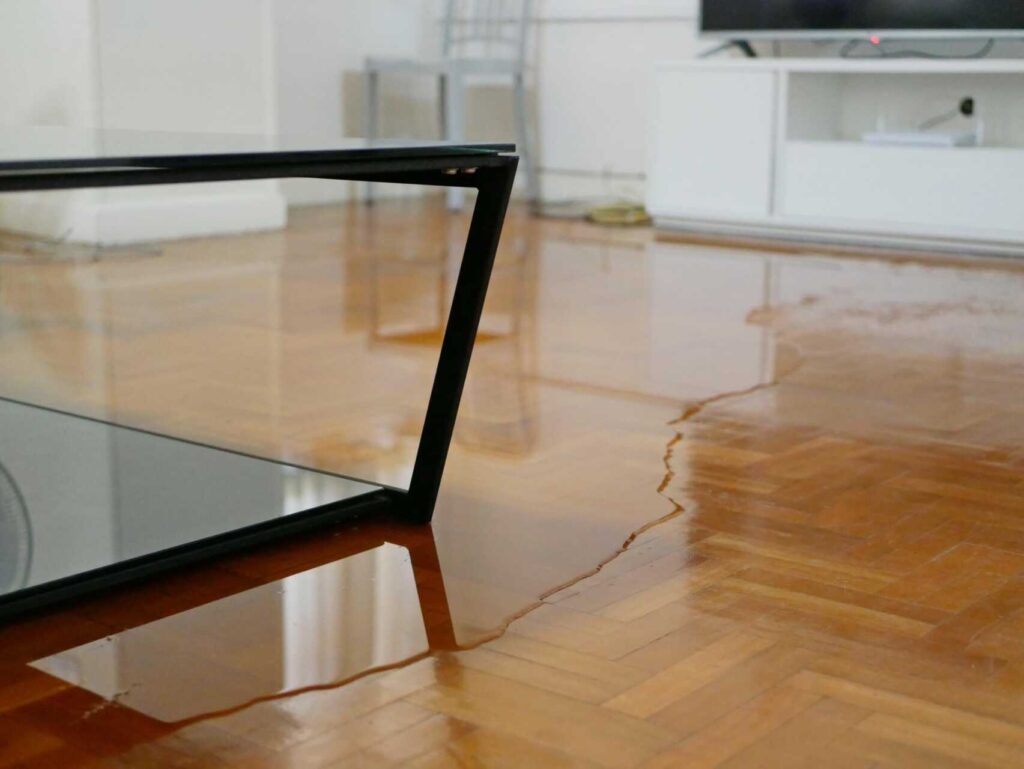You might not realize that even a few inches of standing water can lead to significant structural damage and mold growth within just 24 hours. Before you find yourself in this situation, it’s essential to act quickly and effectively. Start by prioritizing safety and assessing the damage, but that’s just the beginning. There are specific Water Mitigation strategies you can implement to mitigate further issues and protect your property. Let’s explore three crucial tips that can help you navigate this challenging scenario.
Key Takeaways
- Conduct a thorough damage assessment to identify structural damage and risks before starting mitigation efforts.
- Utilize submersible pumps for rapid removal of large water volumes, ensuring safety with protective gear.
- Deploy industrial dehumidifiers and fans to enhance air circulation and eliminate moisture effectively.
- Check and clean HVAC systems to maintain air quality and humidity control post-flooding.
- Collaborate with neighbors to share resources and experiences for a quicker community recovery.
Assess the Damage Quickly
Assessing the damage quickly is crucial in swift water mitigation. When flooding occurs, your first step should be a thorough damage evaluation.
You’ll want to identify the extent of the water’s impact on your property, including structural damage, electrical hazards, and potential contamination. Start from the exterior, checking for any visible cracks or shifts in your foundation. Look for standing water, which can lead to further issues if not addressed.
Before you proceed, it’s essential to prioritize your safety. Ensure you wear protective gear such as gloves, boots, and masks. Floodwaters can carry harmful debris and contaminants, so never underestimate the risks involved.
If you notice any downed power lines or other hazards, maintain a safe distance and report them to the appropriate authorities.
As you conduct your damage evaluation, document everything. Take photos and make notes to help with insurance claims and recovery efforts later. This documentation can also aid in assessing what items can be salvaged or need replacement.
Once you’ve completed your assessment and ensured your safety, share your findings with family or neighbors who might also be affected. Building a community response can facilitate quicker recovery and support.
Remove Standing Water Promptly
When it comes to swift water mitigation, removing standing water promptly is essential to prevent further damage and health risks. Standing water poses significant dangers, including structural damage, mold growth, and potential health hazards from contaminants. You’ll want to act quickly and efficiently to mitigate these risks.
Here are some effective water removal techniques to consider:
| Technique | Description | Pros |
|---|---|---|
| Pumps | Use submersible pumps to extract water. | Fast removal, efficient for large volumes. |
| Wet/Dry Vacuums | Ideal for small to medium areas. | Portable, easy to use, great for tight spaces. |
| Siphoning | Use a hose to siphon water away. | Simple, requires minimal equipment. |
| Absorbent Materials | Employ towels or mats to soak up water. | Cost-effective, good for small spills. |
When choosing a technique, assess your situation and select the one that best fits your needs. For larger areas, pumps may be your best bet, while wet/dry vacuums can handle smaller pools effectively. Additionally, don’t forget to wear protective gear, as standing water can be contaminated.
Dry and Dehumidify Thoroughly
After removing standing water, the next step is to dry and dehumidify the affected areas thoroughly. This process is crucial in preventing mold growth and further damage to your property.
Start by using moisture detection tools to identify hidden pockets of moisture within walls, floors, and other structures. This step ensures you target all damp areas effectively.
Once you’ve pinpointed the wet spots, implement dehumidification techniques. Industrial dehumidifiers are particularly effective, as they can remove significant amounts of moisture from the air.
Position these dehumidifiers strategically in the affected areas, ensuring they’ve ample airflow. Run them continuously to expedite the drying process; depending on the severity of the flooding, it may take several days.
In addition to dehumidifiers, consider using fans to enhance air circulation. Aim the fans towards damp surfaces to promote evaporation.
If the weather permits, opening windows and doors can further facilitate airflow, helping to reduce humidity levels indoors.
It’s also essential to check your HVAC system. If it was affected by flooding, ensure it’s clean and operational, as it can aid in reducing humidity levels throughout your home.
Finally, monitor the moisture levels regularly until you’re confident everything is dry. By combining these dehumidification techniques with diligent moisture detection, you can safeguard your space from mold and structural damage, ensuring a healthier environment for you and your loved ones.
Recap
In the aftermath of flooding, every moment counts like grains of sand slipping through an hourglass. Swift action protects your property and paves the way for a smoother recovery. By assessing damage quickly, removing standing water promptly, and drying thoroughly, you can turn the tide against further destruction. Remember, the sooner you act, the more you minimize losses and restore your space to its former glory. Don’t let water linger—take charge and reclaim your environment.

